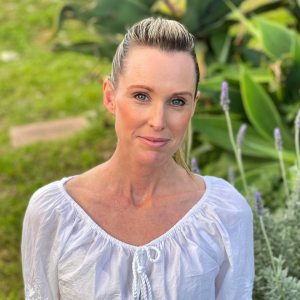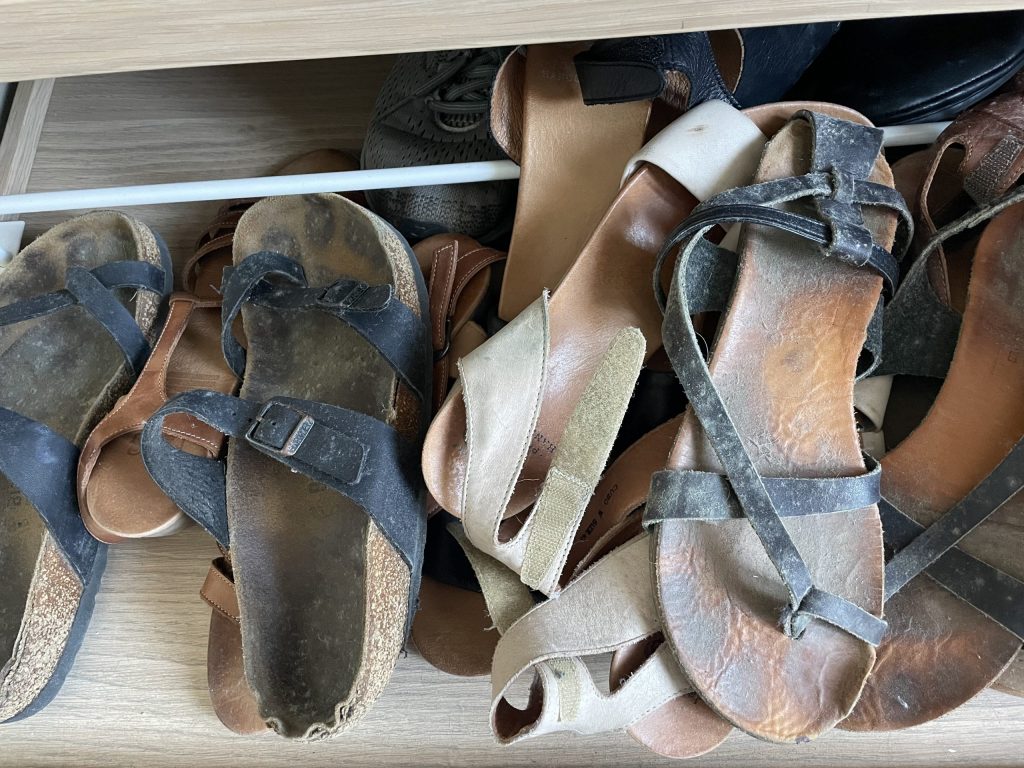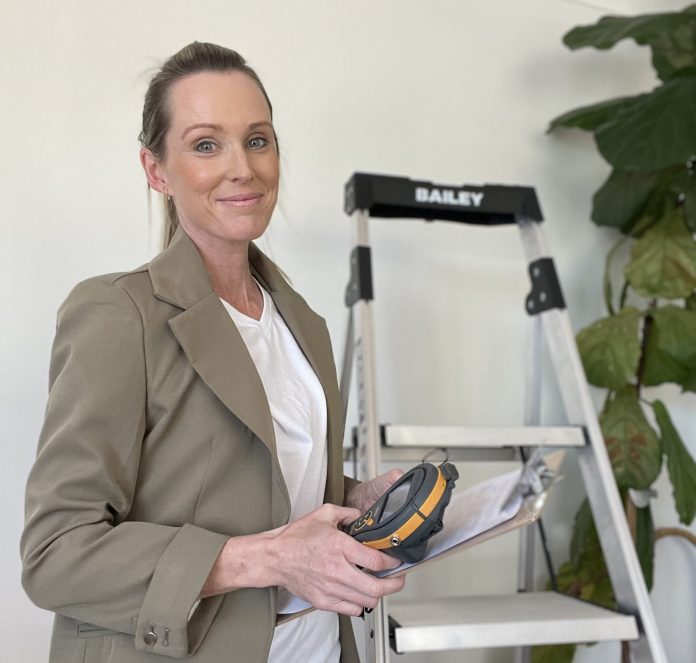During the incessant rain and resulting flooding that caused havoc across the east coast, an unseen enemy has crept into our homes.
Mould is invading countless homes across the Northern Beaches and in addition to the health issues, it’s causing hundreds and thousands of dollars in clean up fees for residents.
With a third wave of La Niña now predicted this summer, we best prepare for yet another fuzzy onslaught.
Manly Observer spoke to Certified Mould Testing Technician, Amy Stitt, who told us she has had countless calls from residents across Sydney to fix serious mould contamination in their homes.

Ms Stitt said with months of heavy rain and high humidity afflicting Sydney, the conditions have been ripe for serious mould growth in practically every home.
“I get a mountain of enquiries each week and all of the enquiries I had six months ago they’re small coming back saying the issues are just so much worse,” she said.
“The people that had mould issues six to 12 months ago, it’s now a really big problem. They’re needing to get remedial work done and a couple of people might have to move its so extreme.
“The most common issues I’ve been seeing is roof leaks. A little cracked tile on your roof could’ve been an issue for years and would never know but with the amount of rain that we’ve had that then would’ve turned a little drop into a puddle causing water marks or holes in the gym rock in ceilings.

“One of the worst I’ve seen was multiple entries of water into the roof space and the reading we did came back off the charts and was considered extremely contaminated through the Australian Mould Guidelines.”
Ms Stitt said there are three categories that mould assessors classify mould contamination in a home. One is the normal level, however anything reaching two or three requires remediation from a cleaner certified by the Institute of Inspection Cleaning and Restoration (IICRC).

Symptoms include sneezing, runny nose, headaches, skin rashes, fatigue, brain fog all the way to upper and lower respiratory illnesses and pneumonia.
She added that mould requires a food source and a water source. A food source is dirt and dust and the typical Australian bedroom in the current weather is a perfect environment for mould to flourish.
“If you’ve got dirt and dust on a window sill and you’re closing it and and sleeping in it for eight hours, all that water vapour you’re exhaling gets on the window, in 24 to 48 hours you’ve got mould forming,” Ms Stitt said.
“That might not contribute to really bad health in a healthy person but in someone who is either allergic to mould or in the 24 per cent of the population that don’t detox the mould, that could be harmful to their health.”
Tips to fight mould in your home:
- Fix any leaks or damage to your house to prevent water ingress.
- Check your gutters and clean out if necessary.
- Avoid trying to “kill” mould with vinegar, clove oil, bleach or similar products. 75% of mould is already dead. An effective option is simple detergent and water.
- If you have asthma, allergies or have had mould illness try not to clean mouldy areas or items, ask a family member, friend or hire a professional cleaner.
- If you are cleaning mouldy areas, protect yourself from mould coming into contact with your body, skin or airways. Wear gloves, goggles, and at least a P2 or P3 mask (a full-face respirator is ideal).
- Use dehumidifiers and try to keep relative humidity between 45-55%. Above that promotes microbial growth.
- Dry out your home using dehumidifiers, fans, refrigerated air conditioning or a split system.
- If you have visible mould you could invest in an air purifier as a short-term solution.
- To prevent microbial growth on non-porous surfaces such as glass, minimise dust within the home, use a damp microfibre cloth and dry tea towel to dry.
- Use your exhaust fans! They may be noisy but if used correctly will help draw moisture out of your bathroom, kitchen and laundry.



